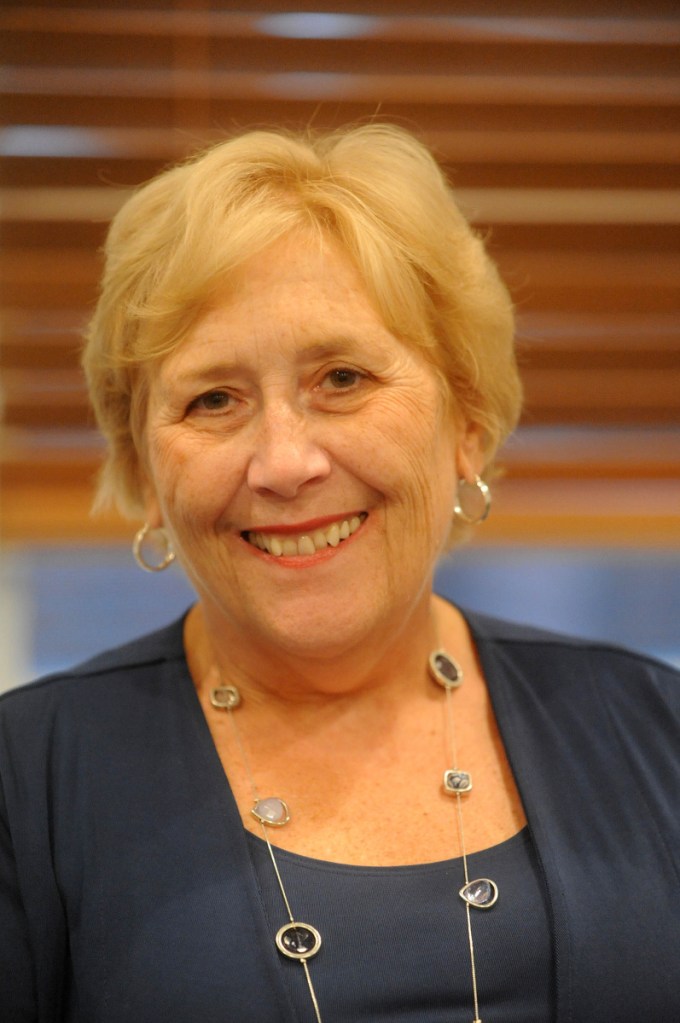School officials are lauding voters’ decision Tuesday to dissolve Alternative Organizational Structure 92 and are beginning to look ahead to the work that still needs to be done before June, when the dissolution takes effect.
Superintendent Eric Haley said he was happy about the outcome and the vote margin. Vassalboro, Waterville and Winslow residents approved the referendum question, 386-133.
“I think it will benefit the schools and the communities in that it will get more attention from the central office,” Haley said Wednesday afternoon over the phone. “This is going to free me up to be more connected to programming and the classrooms.”
School officials, including Haley, had been pitching the dissolution as a way to escape a poorly designed governance system, restore local control and lighten the workload on overburdened administrators to enable them to spend more time with students and teachers.
Haley previously had described the AOS as an untenable system with too few key personnel. Unlike other district systems, such as a regional school unit, administrators have to deal with three separate school boards, three separate budgets and three separate sets of contracts, rather than one. Therefore, the administrators are spread too thinly and each community doesn’t receive the kind of attention they would like.
“It’s going to be important for all of us now in Waterville, Winslow and Vassalboro to be proactive and thinking ahead instead of being reactive,” Haley said. “That was a piece that I lost when we became AOS 92, was being able to look five or 10 years down the road for what we wanted for the schools.”
Sara Sylvester, who chairs the Waterville School Board, said she thought the AOS dissolution would give the schools and administration the ability to start moving forward rather than maintaining the status quo.
“When we started in the AOS, we had no idea what it was going to be and what it was going to entail. It was more than anyone could anticipate,” Sylvester said Wednesday. “You know there’s a lot to do in schools now. We have the problem with guns, we have a curriculum that’s always changing, budgets are tough, so we need to be able to have our people there.”
She said the dissolution would be like a fresh start for Waterville schools and will allow Haley to focus on leadership and on teachers.
Joel Selwood, who chairs the Winslow School Board, echoed the frustration with the AOS structure, saying the shared superintendent and some central office staff members have too much on their plates.
“This has (led) to a situation where important work is not getting the attention it deserves and is not getting done as early as everyone would prefer,” Selwood said in an email. “With the dissolution of the AOS, our superintendent can focus solely on Winslow and improve this situation significantly.”
A request for comment on the outcome of the vote from representatives on the Vassalboro School Board was not returned Wednesday evening.
A representative from the state Department of Education said Wednesday that the AOS dissolution provides the communities an opportunity to engage in a regionalization effort that Gov. Paul LePage’s administration has been pushing.
“The Department’s Regional Service Center (or School Leadership and Management Center) opportunity presents a more flexible model than the AOS model; dissolving an existing AOS and rejoining as a regional service center would be a smart move,” said Rachel Paling, the director of communications for the DOE.
AOS 92 initially pursued restructuring as a regional service center because the state had been offering financial incentives that totaled as much as $246 per student, according to Haley. However, the state later adjusted their offer to just $46 per student. Since then, Haley and the boards decided the incentive was not enticing enough to enter a new and untested system.
Before the dissolution takes effect in June, there is still plenty of work that needs to be done.
One thing that the schools already have done to prepare, Haley said, is build their budgets according to a future without the AOS. Instead of the assessment that each community has paid in the past to fund the AOS central office, the communities will be able to lean on one another financially by entering into interlocal agreements so that they can contract services with each other, including transportation, maintenance, payroll and others.
Selwood said the Winslow board also has taken steps to prepare for the dissolution by selecting Peter Thiboutot, who currently serves as the assistant superintendent of AOS 92, as their new superintendent.
As superintendent, Selwood said, Thiboutot will be leading the effort to set up Winslow’s central office before June 30.
In the interim, Haley said, many details need to be worked out among the communities.
For example, Thiboutot currently is the homelessness liaison for the district, which involves making sure homeless people have the same access to public education as that provided to other children. Waterville will need to figure out whether Haley or another staff member will get training to take on that role or if that will be a contracted service from Winslow.
Haley said many other personnel decisions will need to be made concerning which community will employ the current AOS central office staff.
Additionally, he expects several other details to pop up during the transition out of the AOS that he and his staff hadn’t contemplated previously. However, when looking back on what the creation of the AOS was like, he doesn’t think any issue will be insurmountable.
“There was a lot more work to form the AOS than to get out of it,” he said.
Emily Higginbotham — 861-9239
ehigginbotham@centralmaine.com
Send questions/comments to the editors.






Comments are no longer available on this story